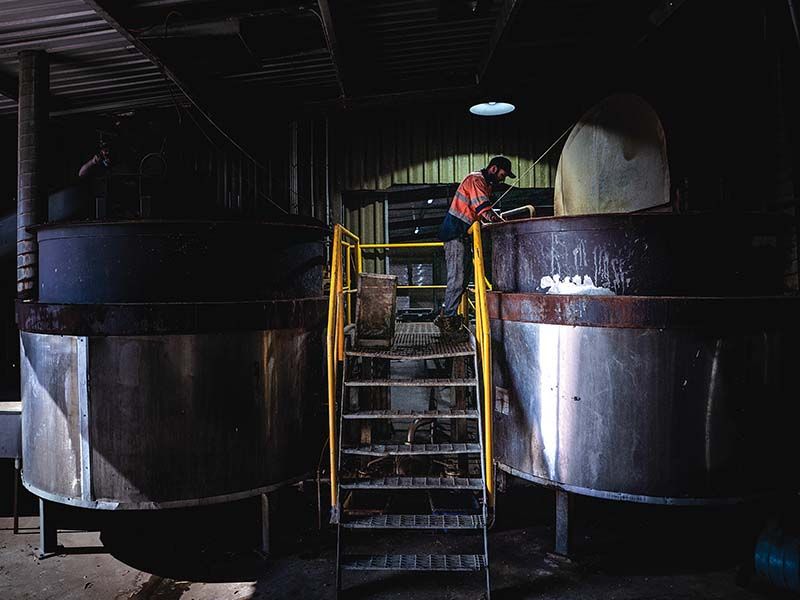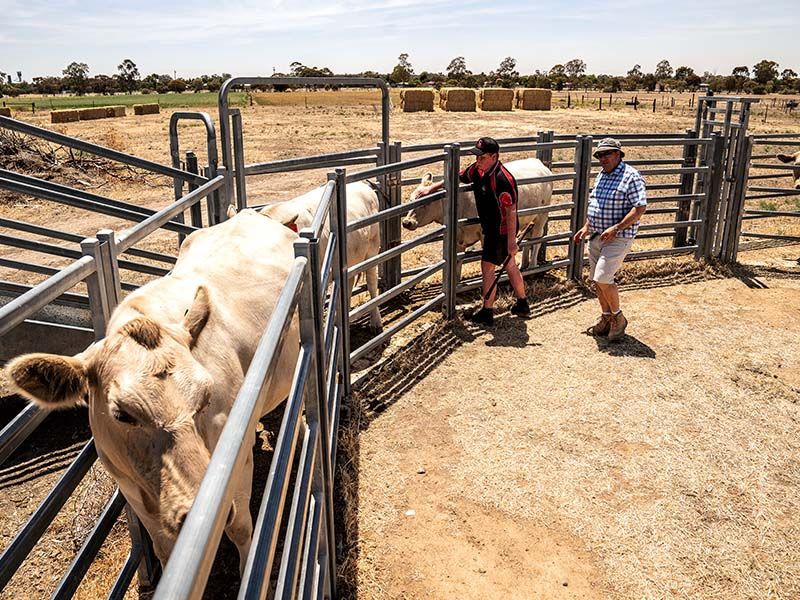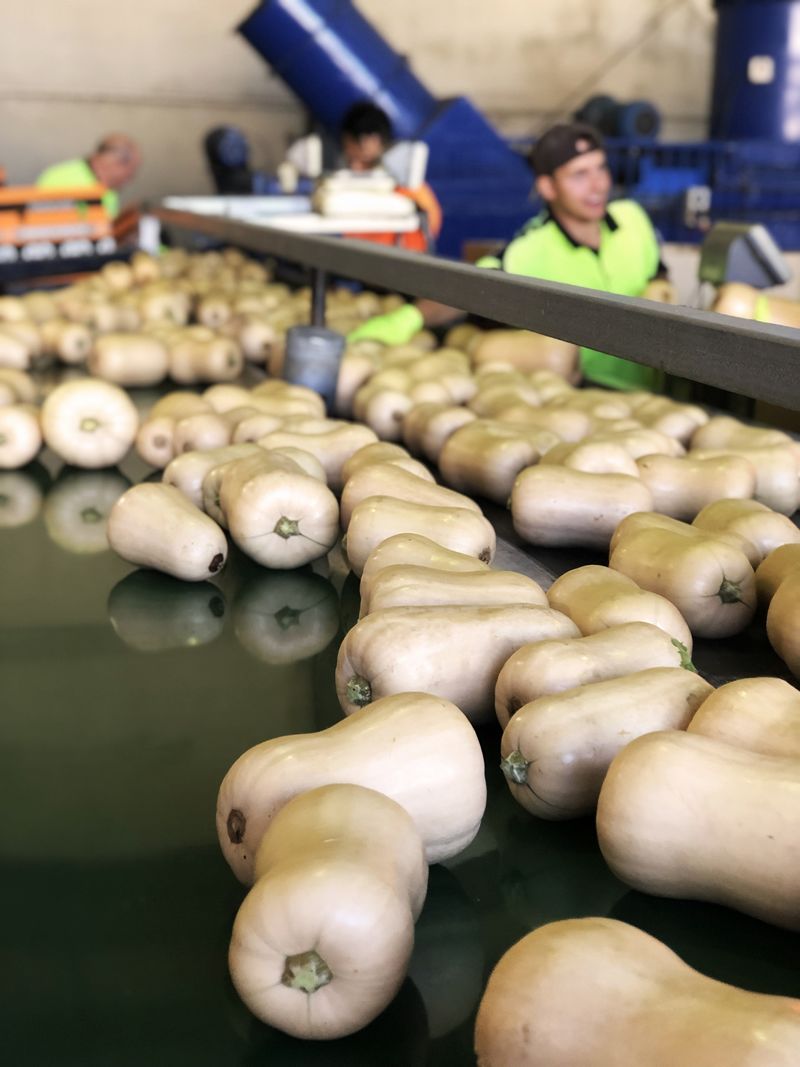Industry, workforce & jobs
The RAMJO region is well placed to lead innovative strategies to address underlying issues affecting industry and population growth.
Whilst the employment of 20 people into a local workforce can mean an increase in the population of 60 to 80 people as they settle with their families, there are several constraints that can prevent industry growth in our regional areas.
These include poor transport connectivity, digital connectivity, water and energy security, lack of suitable housing and the difficulties in attracting a skilled workforce.
With agriculture the main industry in our region, Regional Economic Development Strategies have recommended the importance of supporting a more diverse and resilient economy by attracting industries that are not impacted by seasonal conditions.
They also recommend growing “value adding” opportunities such as bringing processing to the region to complement production.
The population and workforce participation statistics show growth areas for the RAMJO region in agriculture, manufacturing, health and aged care.
A significant issue for the RAMJO region is the outward migration of young people as they leave the region to gain training, education and employment.
RAMJO believes a priority should be given to improving access to education, traineeships and job pathways across the region.
What difference will we make to boost our industry, workforce and jobs?
RAMJO will achieve:
- A shared Strategy and a shared Implementation and Resourcing Plan (I&R Plan) for industry, workforce and jobs growth in the region
- A more attractive and supportive environment for industry investment (with less red tape)
- Increased ‘new’ industry investment and increased jobs through new industries and industry growth/diversification
- Local training pathways, incentives and supports established to meet workforce gaps
- Lower unemployment (particularly youth and older people) and retention of youth in our region
- Increased household income and increase socioeconomic index
- Enough housing supply to meet the housing needs of the growing workforce
- Government agencies decentralised from capital cities to the RAMJO region




